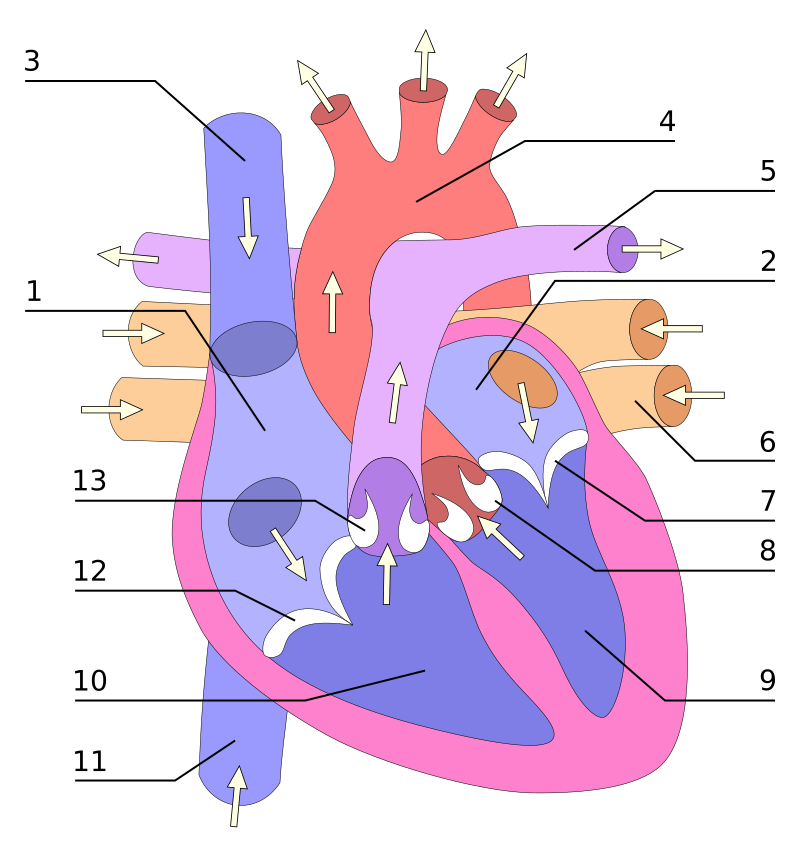Study Links Long-Term Air Pollution Exposure to Early Heart Damage

In a groundbreaking study published in the journal Radiology on July 1, 2025, researchers from the University of Toronto have established a strong correlation between long-term exposure to air pollution and early signs of heart damage. The study, led by Dr. Kate Hanneman, M.D., M.P.H., from the Department of Medical Imaging at the Temerty Faculty of Medicine, utilized cardiac MRI to assess myocardial fibrosis, a condition characterized by scarring of the heart muscle, which can precede heart failure.
Air pollution, particularly fine particulate matter (PM2.5), has long been linked to various adverse health outcomes, including cardiovascular diseases, which remain the leading cause of death globally. The current study is significant as it elucidates the mechanisms through which air pollution contributes to heart disease at a cellular level.
Dr. Hanneman emphasized the importance of understanding these mechanisms, stating, "If you’re exposed to air pollution, you’re at higher risk of cardiac disease, including a higher risk of having a heart attack. We wanted to understand what drives this increased risk at the tissue level."
The research included a diverse group of 694 participants, comprising 201 healthy controls and 493 patients diagnosed with dilated cardiomyopathy—a condition that impairs the heart’s ability to pump blood effectively. The findings revealed that higher long-term exposure to PM2.5 was associated with increased levels of myocardial fibrosis in both groups, indicating that air pollution may be a notable risk factor for cardiovascular complications.
The study highlighted that the most significant effects were observed in women, smokers, and individuals with hypertension, suggesting that these populations might be more susceptible to the harmful impacts of air pollution. Notably, the air pollution exposure levels among study participants were below many global air quality guidelines, underscoring the lack of safe thresholds for air pollution exposure.
The implications of this study extend beyond individual health; they also encompass public health policy. Dr. Hanneman urged for enhanced public health measures to mitigate long-term air pollution exposure. She noted, "There have been improvements in air quality over the past decade, both in Canada and the United States, but we still have a long way to go."
Furthermore, the study emphasizes the vital role of medical imaging in understanding and addressing the health effects of environmental exposures. Dr. Hanneman concluded, "As radiologists, we have a tremendous opportunity to use imaging to identify and quantify some of the health effects of environmental exposures in various organ systems."
This research adds to the growing body of evidence linking air pollution to health risks, particularly cardiovascular diseases, and calls for a reevaluation of risk assessment strategies that incorporate long-term air pollution exposure histories. The results stress the urgent need for policymakers to prioritize air quality improvements to protect public health and reduce health inequities associated with environmental factors.
Advertisement
Tags
Advertisement





